Hospitals are essential places where cleanliness and hygiene stand at the paramount. However, due to this high traffic of people and also multi-functional features, they frequently attract different sorts of pests. Here are some common pests associated with hospitals and their breeding grounds along with possible risks they raise:
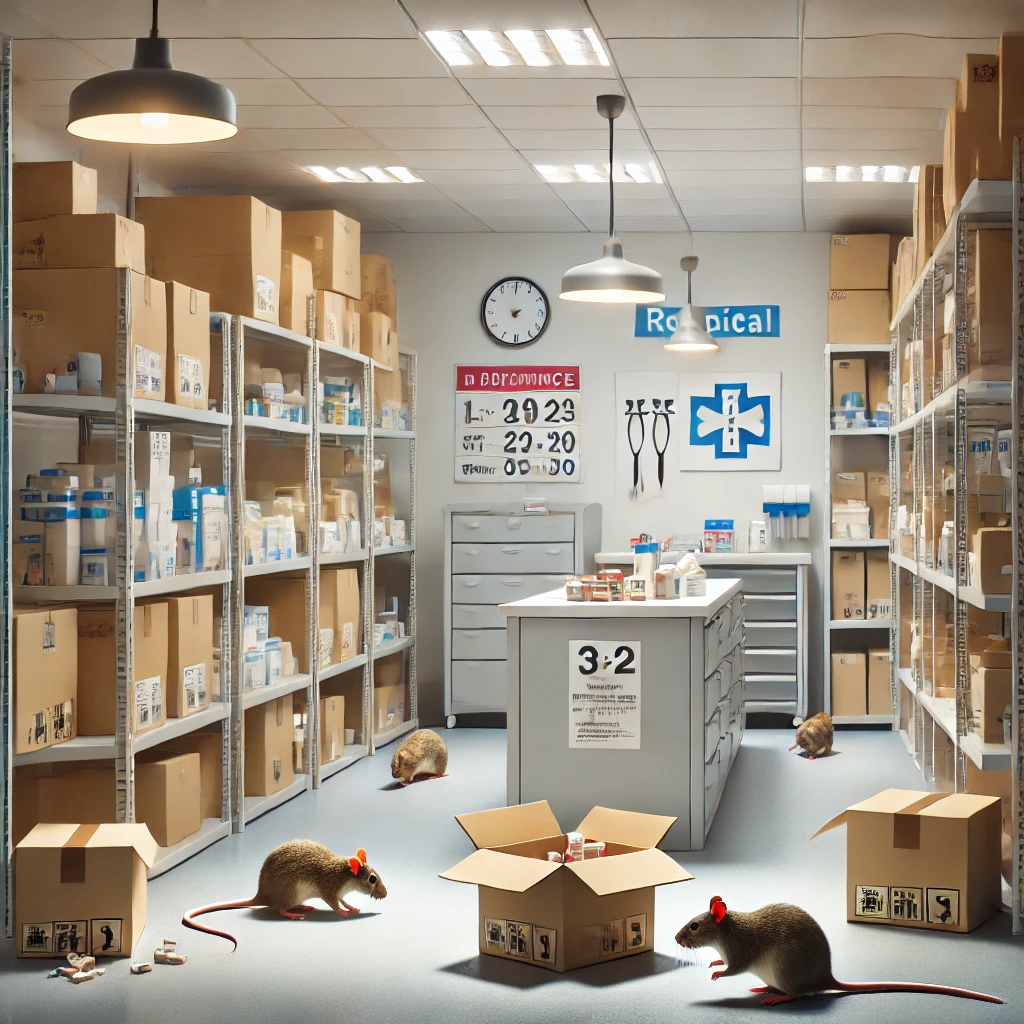
1. Rodents-Rats and Mice
Breeding Grounds:
The storage rooms piled up with papers or cardboard,
Kitchens or food storage.
Basements or crawl spaces.
Hazards: Rodents carry diseases such as leptospirosis and hantavirus. They might chew on wiring to destroy equipment, as well as contaminate sterile regions with droppings and urine.
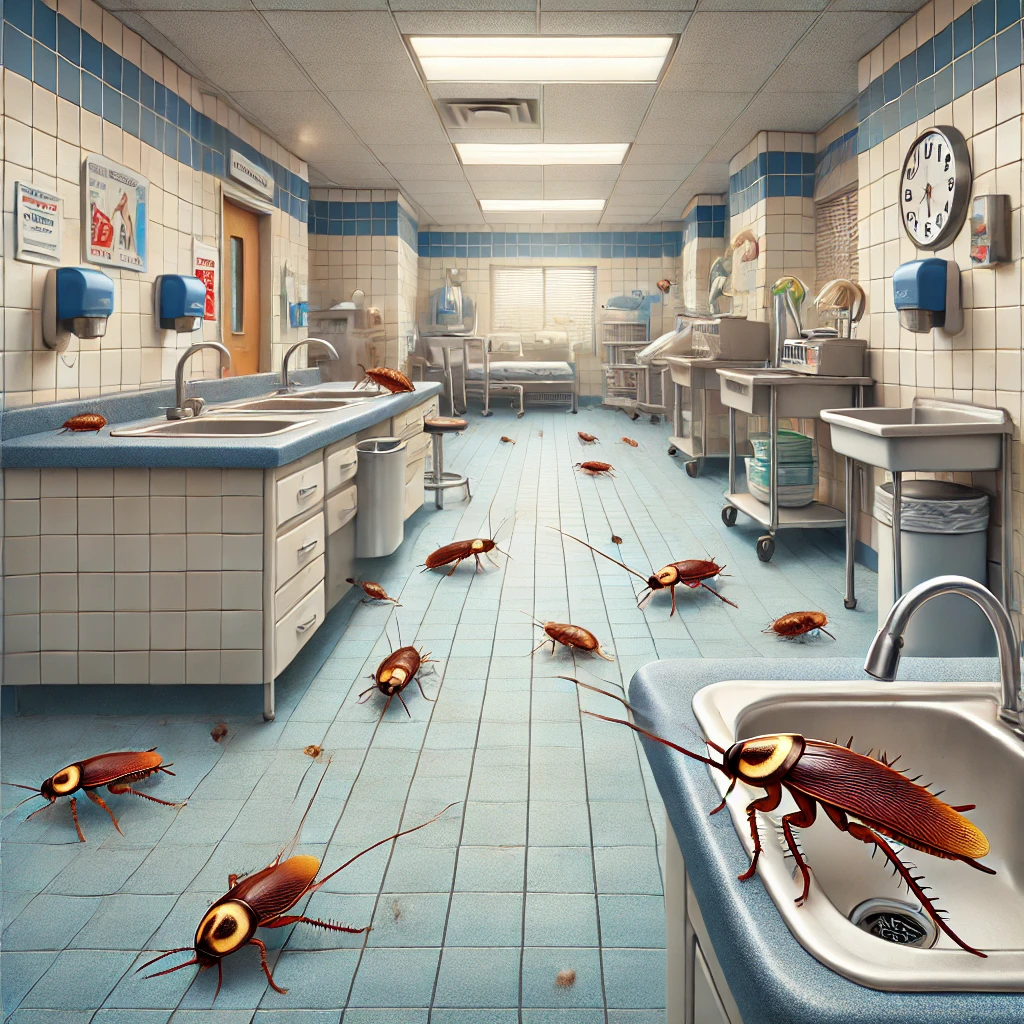
2. Cockroaches
Breeding Places:
Warmth and moisture provide breeding grounds behind refrigerators and kitchen drains as well as boiler rooms. Rooms for waste disposal and laundry.
Hazards: Cockroaches pass bacteria, allergens, and disease-causing germs to surfaces, foodstuffs, and medical equipment. This cause food-borne illnesses as well as allergic reactions among those who are susceptible.

3. Bed Bugs
Habitat areas:
Patient beds, chairs, and upholsteries in outpatient waiting rooms
Cracks and crevices in walls and furniture
Hazards: Bed bugs are the most significant stressors as they cause itch bumps from their stings. For a hospital patient, this bug will stress up the patients as well as create a disruption on care.
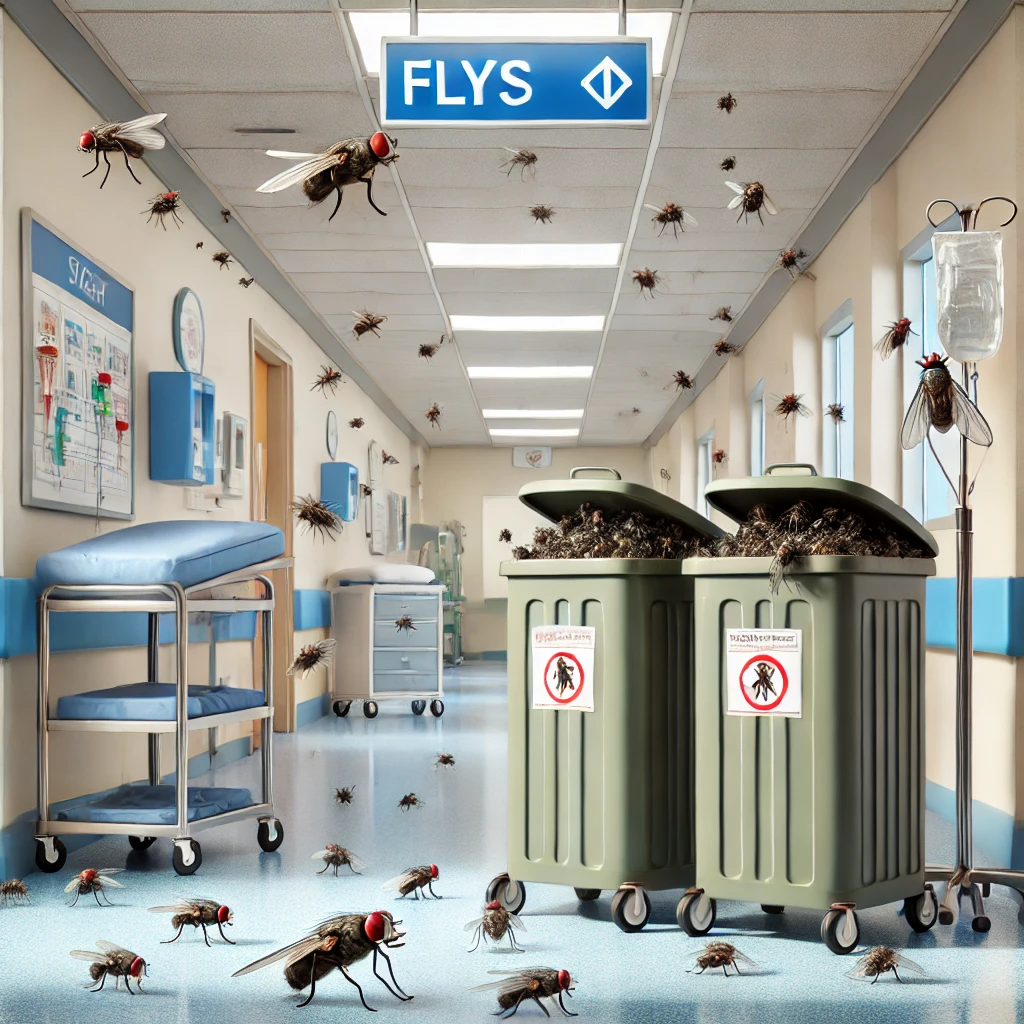
4. Flies (House Flies and Fruit Flies)
Breeding places
Garbage and rubbish heap
Kitchens Drains
Near stagnant water and uncovered food
Hazards: Flies are vectors for typhoid, cholera and dysentery diseases due to their habits of contaminating foodstuffs and surfaces. The presence of flies in an operating theater or a hospital defies hygiene.
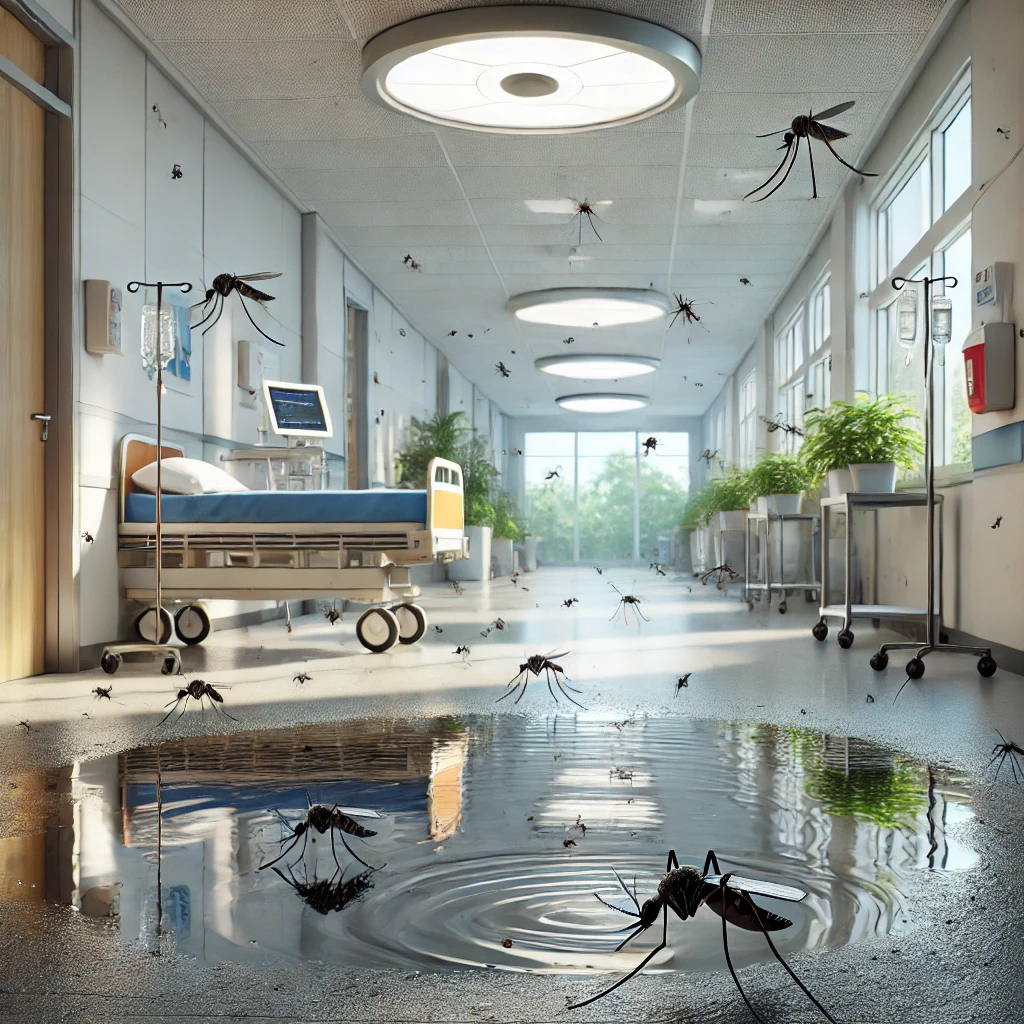
5. Mosquitoes
Breeding sites
Standing water flower pots and clogged drain or open
Areas without good drainage
Risk: Mosquitoes spread the dengue, malaria, and chikungunya disease in the hospital though the risks are relatively high in immune-deficient states
Preventive measures of pest control should be done so that there is no occurrence of pests in the hospitals:
Regular Inspection: Regular inspection of high risk areas of kitchens, storage rooms, and basements should be done.
Proper sanitation, waste disposal, cleaning of utensils, food and water sources, removal of standing waters, etc. should be conducted.
Entry Points: Seals gaps, cracks, and crevices for no entry by the pests.
Professional Pest Control: Contracting a pest control company with specific experience in health care environments should be conducted.
Staff Training: Trains the staff on pest identification and reporting. This way, they can respond immediately to the infestation.
Conclusion
Hospitals are supposed to heal and care, and the presence of pests can create a compromise to hygiene and safety. Identifying common pests and understanding their mode of breeding should be followed up with preventive measures to ensure hygiene and a clean environment in a hospital. Finding a trusted partner in pest control can provide targeted solutions to not let pests break the critical activities of healthcare establishments.
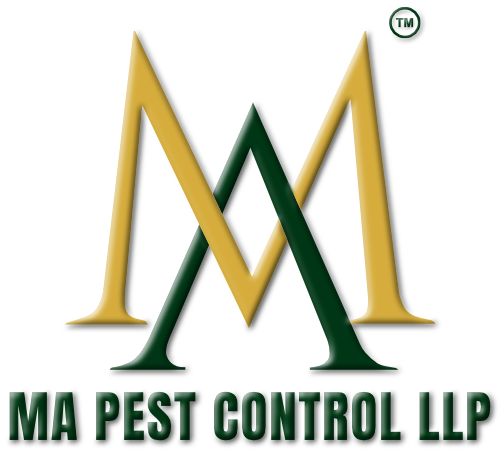



Leave a Reply